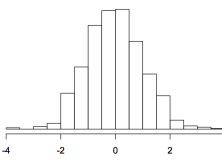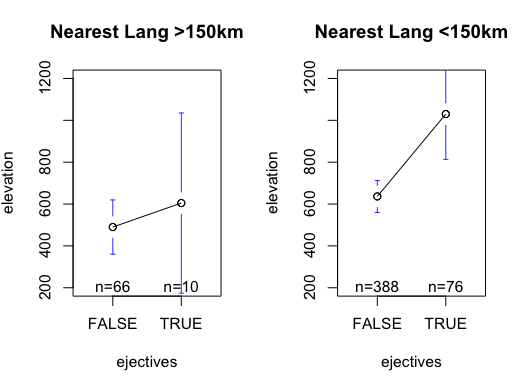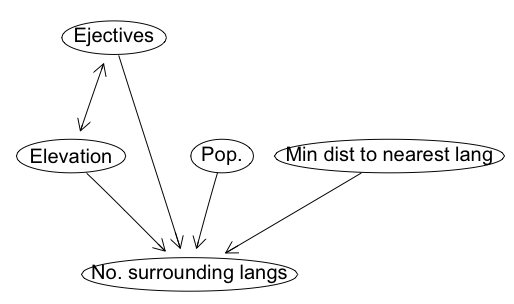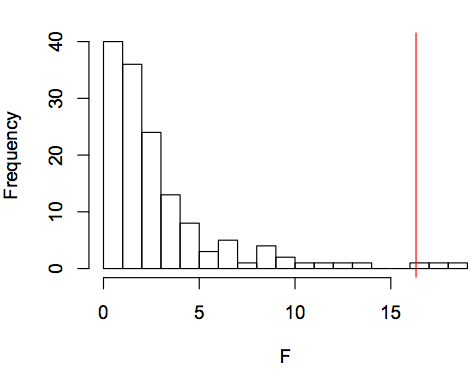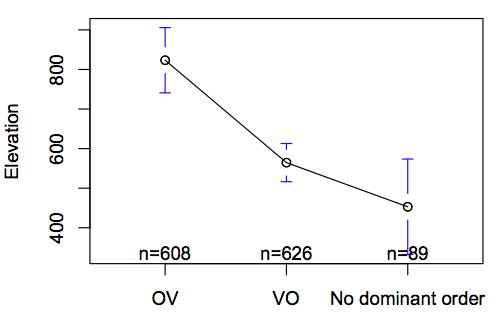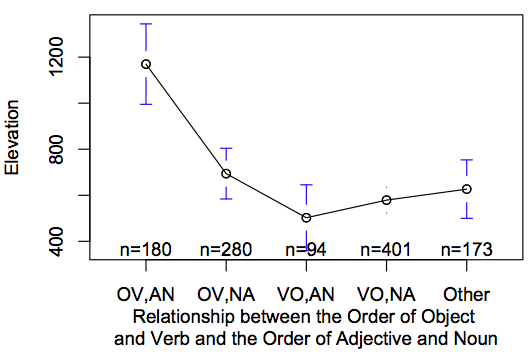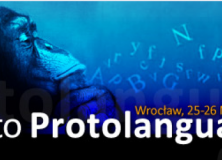First, in asking THAT question I do not intend a bit of cutesy intellectual cleverness: Oh Wow! Let’s get the meme meme to examine it’s own history. My purpose would be just as well served by examining, say, the history of the term “algorithm” or the term “deconstruction,” both originally technical terms that have more or less entered the general realm. I’m looking at the history of the meme concept because I’ve just been reading Jeremy Burman’s most interesting 2012 article, “The misunderstanding of memes” (PDF).
Intentional Change
Second, as far as I can tell, no version of cultural evolution is ready to provide an account of that history that is appreciably better than the one Burman himself supplies, and that account is straight-up intellectual history. In Burman’s account (p. 75) Dawkins introduced the meme concept in 1976
as a metaphor intended to illuminate an evolutionary argument. By the late-1980s, however, we see from its use in major US newspapers that this original meaning had become obscured. The meme became a virus of the mind.
That’s a considerable change in meaning. To account for that change Burman examines several texts in which various people explicate the meme concept and attributes the changes in meaning to their intentions. Thus he says (p. 94):
To be clear: I am not suggesting that the making of the active meme was the result of a misunderstanding. No one individual made a copying mistake; there was no “mutation” following continued replication. Rather, the active meaning came as a result of the idea’s reconstruction: actions taken by individuals working in their own contexts. Thus: what was Dennett’s context?
And later (p. 98):
The brain is active, not the meme. What’s important in this conception is the function of structures, in context, not the structures themselves as innate essences. This even follows from the original argument of 1976: if there is such a thing as a meme, then it cannot exist as a replicator separately from its medium of replication.
Burman’s core argument this is a relatively simple one. Dawkins proposed the meme concept in 1976 in The Selfish Gene, but the concept didn’t take hold in the public mind. That didn’t happen until Douglas Hofsadter and Daniel Dennett recast the concept in their 1982 collection, The Mind’s I. They took a bunch of excerpts from The Selfish Gene, most of them from earlier sections of the book rather than the late chapter on memes, and edited them together and (pp. 81-82)
presented them as a coherent single work. Al- though a footnote at the start of the piece indicates that the text had been excerpted from the original, it doesn’t indicate that the essay had been wholly fabricated from those excerpts; reinvented by pulling text haphazardly, hither and thither, so as to assemble a new narrative from multiple sources.
It’s this re-presentation of the meme concept that began to catch-on with the public. Subsequently a variety of journalist accounts further spread the concept of the meme as a virus of the mind.
Why? On the face of it it would seem that the virus of the mind was a more attractive and intriguing concept whereas Dawkins’ original more metaphorical conception. Just why that should have been the case is beside the point. It was.
All I wish to do in this note is take that observation and push it a bit further. When people read written texts they do so with the word meanings existing in their minds, which aren’t necessarily the meanings that exist in the minds of the authors of those texts. In the case of the meme concept, the people reading The Selfish Gene didn’t even have a pre-existing meaning for the term, as Dawkins introduced and defined it in that book. The same would be true for the people who first encountered the term in The Mind’s I and subsequent journalistic accounts. Continue reading “How Do We Account for the History of the Meme Concept?”




